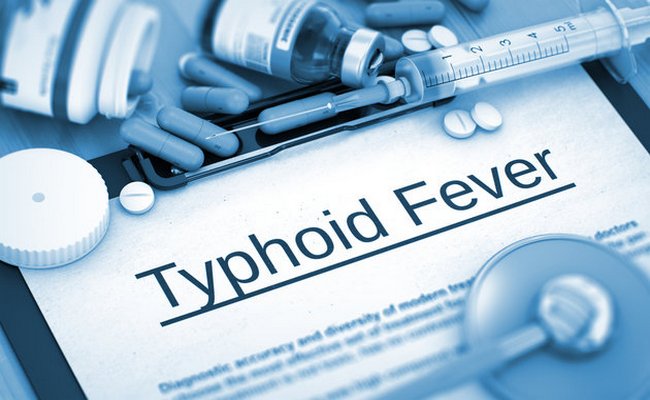A Details Discussion on Typhoid Fever
What Do You Mean by Typhoid?

Different Tests for Typhoid Fever:
Some important tests have to follow for typhoid which is presented below:
In the first week:
- Blood count- Leucopenia,
- Blood culture- Positive usually.
- Stool and urine culture,
- Widal test –Rising titer is characteristic.
How to Diagnosis Typhoid Fever?
The Salmonella bacteria invade the small intestine and enter the bloodstream temporarily after the ingestion of contaminated water or food. This type of bacteria is carried by white blood cells in the spleen, bone marrow, and liver where they multiply and reenter the bloodstream. This time, people develop various signs and symptoms including fever. Bacteria invade the biliary system, gallbladder, and the lymphatic tissue of the bowel. They multiply here in the higher numbers. The Salmonella bacteria pass into the intestinal tract and can be identified in stool samples. Urine or blood samples will be taken to make a diagnosis here if a test result isn’t clear.
Typhoid Fever Treatment, Management, and Food:
Some key management for typhoid have described in the following:
- Bed rest during the febrile period,
- Sufficient fluid intake,
- Low roughage diet chicken and vegetable soup, egg flips during the febrile stage, and then the patient should have gradually soft rice, boiled fish, etc.
- To maintain rehydration therapy,
- To give cold sponging in fever,
- Monitoring vital signs such as blood pressure, pulse, temperature, respiratory rate,
- To maintain personal hygiene,
- To maintain the input and output chart,
- Medication should be continuing.
- To give health education such as benefits of early reporting for promoting treatment, hand washing before eating and after defecation to reduce the risk of spreading the infection to others.
- To give antibiotic according to the doctor’s medication:
- Cotrimoxazole 980mg (2tab) 12hours for 14 days,
- Ciprofloxacin 500mg 12hoursly for 14days,
- Cap amoxicillin 750mg 6hours for 14 days,
- Chloramphenicol 250mg 6hours for 14 days.
More questions related to this article:
- Define typhoid fever.
- What do you mean by typhoid fever?
- What is meant by typhoid fever?
- Which test is used to detect typhoid?
- Mention some laboratory diagnoses of typhoid fever.
- What is the test for the diagnosis of typhoid?
- What is the best medicine for typhoid?
- What food is good for typhoid patients?

Maria Khatun Mona is a Founder and Editor of Nursing Exercise Blog. She is a Nursing and Midwifery Expert. Currently she is working as a “Senior Staff Nurse” at “Dinajpur Medical College Hospital”, Bangladesh. She has great passion in writing different articles on Nursing and Midwifery. Mail her at “maria.mona023@gmail.com”
